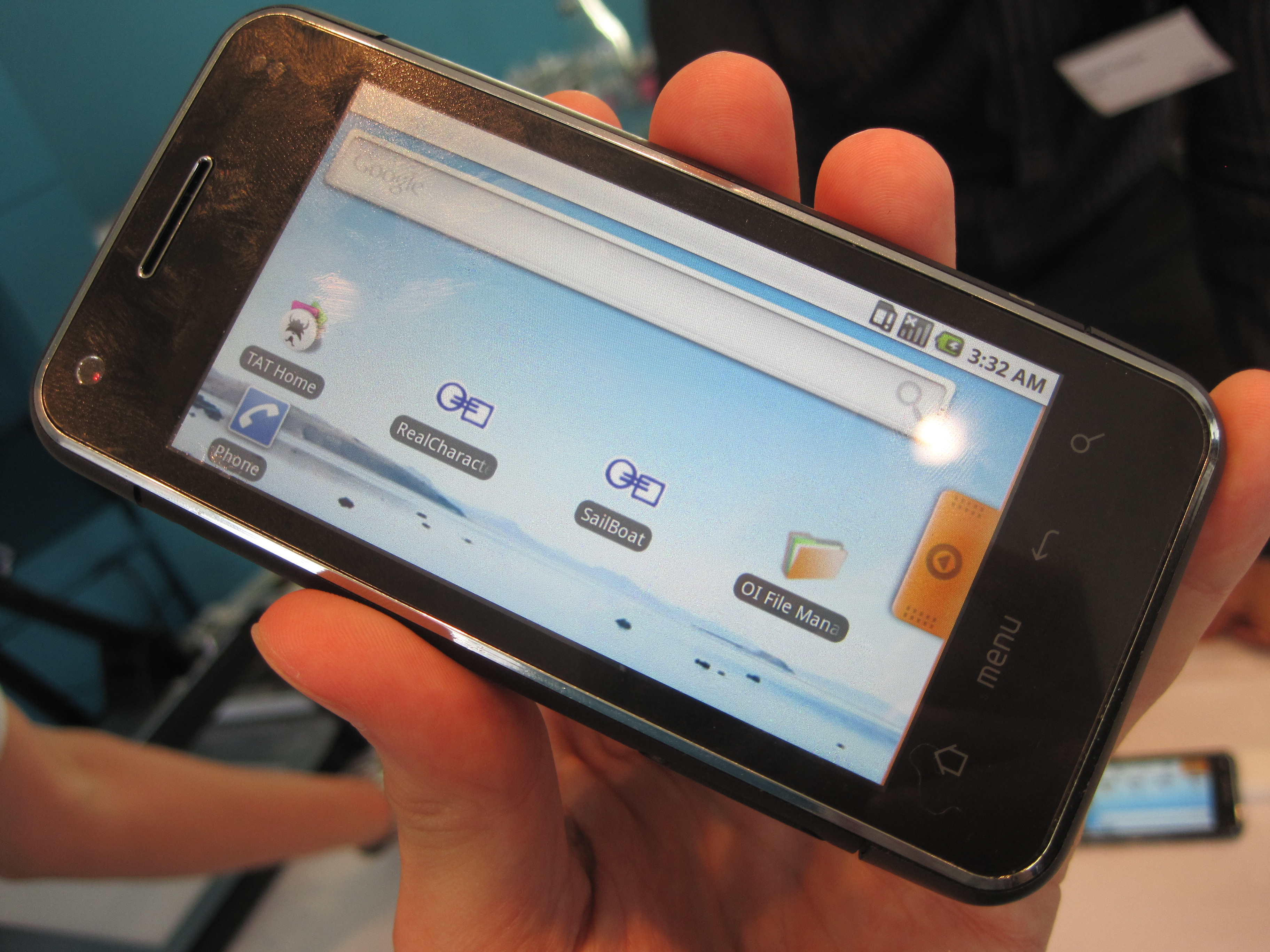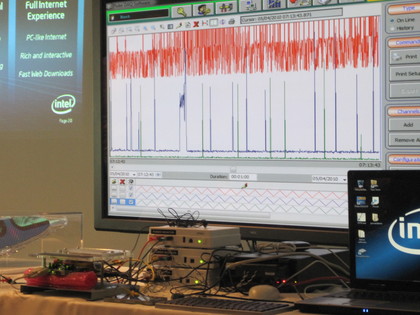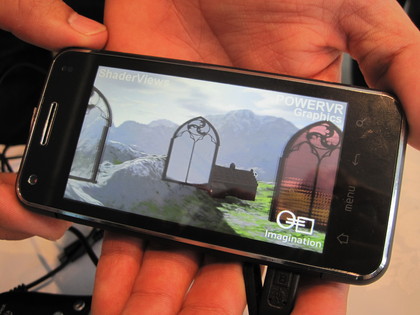Intel outs Atom for Android and MeeGo smartphones
"We are in the game," says chip giant

Intel has announced its Atom Z6XX series – the chip giant's first big roll of the dice for the smartphone market. The good news is that the chip looks storming in terms of performance and is very power efficient.
The bad news? Intel has named no names in terms of handset manufacturers who might deploy the new silicon, formerly codenamed Moorestown. However, it did show off an Aava Mobile reference device completely powered by Intel hardware during a launch event attended by TechRadar.
The silicon will run the Android OS as well as Intel's joint Linux venture with Nokia, MeeGo. Support for other operating systems was clearly hinted at. Given Nokia's closeness to Intel, we reckon we'll see Symbian running on it before too long.
The second-generation Atom also "scales very well up to tablets... you're going to see a number of different ways these products will be used," said Rob O'Shea, Director of Intel's EMEA Embedded Group, as he presented the key specs of the new device.
Crucially, Intel is citing a 50 times power reduction – equating to a 10 day standby time – over the first generation of the Menlow UMPC Atom platform.
Intel was keen to show this with a real-time power consumption demo, shown here. The old Menlow Atom platform is the red line, while the new Moorestown platform is the blue line - both are measurements taken at full stretch. The barely visible green line is Moorestown at idle power.

Intel also demonstrated three-way video conferencing running live on the hardware (encoding one as well as decoding two other streams), as well as Quake 3 and 1080p HD video decoding - the device can encode 720p.
Sign up for breaking news, reviews, opinion, top tech deals, and more.
"With these kind of power reductions, we are in the smartphone zone. We are in the game," said Pankaj Kedia, Intel Director of Mobile Internet Devices. We'll bring you more from Pankaj Kedia in a separate piece on TechRadar.
Comparisons to other handsets
The smartphone version of the chip will reach 1.5GHz, while a second, tablet-orientated version will ship for tablets.Some graphs were shown comparing the performance of the new Atom to the ARM Cortex-A8 and other unidentified mobile handsets.
While these graphs were convincingly in the Atom's favour, it was unfortunate that the Cortex-A8 looked at was only clocked at 600GHz and the handsets were unidentified - worth taking with a pinch of salt. Intel also showed graphs claiming a 3-4x JavaScript browsing speed improvement over competitors, though there are so many variables within this it's hard to take the numbers that seriously until we see shipping devices.
The 140 million transistor SoC (System On Chip) component – is 45nm technology, although Intel was openly looking ahead to producing Atom using the 32nm and 22nm processes.
Intel believes its key advantage is that its architecture is already well established. "It's a computer that enables voice," Kedia said of Intel's hardware, "[It's] the [level] of experience you expect to find on a PC."

"If you can deliver great graphics and video, you can scale that up into very slim tablets. We can design where we have to have that discipline up."
Just to be clear, Moorestown is the platform, As well as the Z6XX variant of the Atom (codenamed Lincroft SoC) also controlling graphics memory and display, the platform includes a Platform Controller Hub (MP20, codenamed Langwell). The platform also includes wireless and other hardware from the likes of Freescale, Ericsson and Marvell, though the exact implementation of this will presumably depend on the handset manufacturer.

Dan (Twitter, Google+) is TechRadar's Former Deputy Editor and is now in charge at our sister site T3.com. Covering all things computing, internet and mobile he's a seasoned regular at major tech shows such as CES, IFA and Mobile World Congress. Dan has also been a tech expert for many outlets including BBC Radio 4, 5Live and the World Service, The Sun and ITV News.